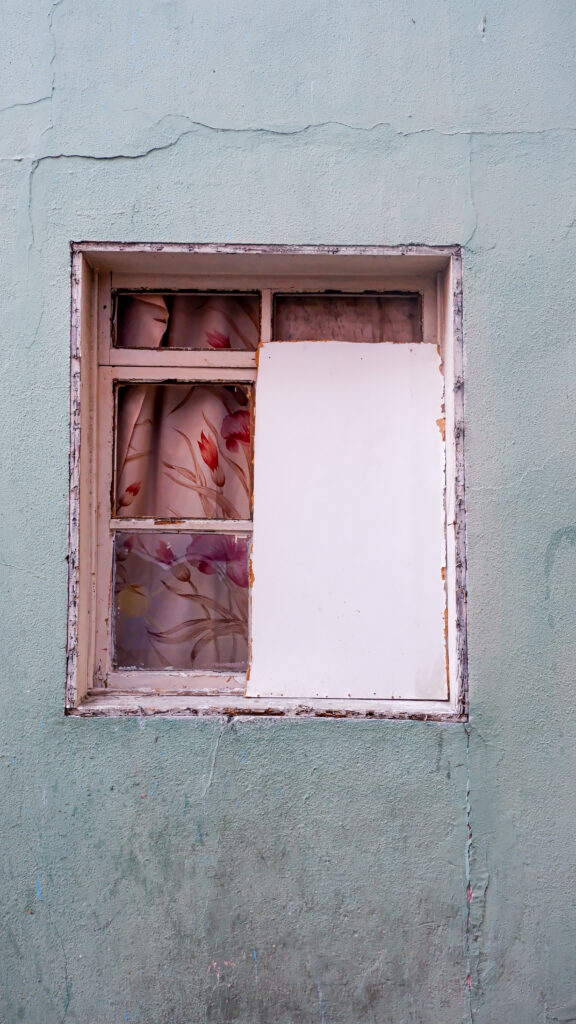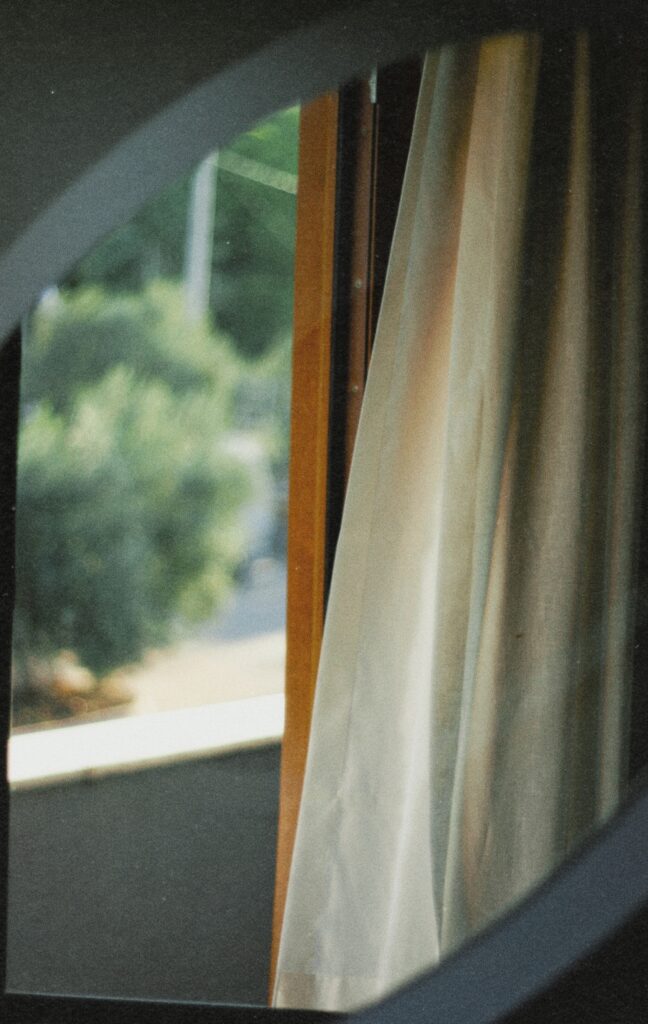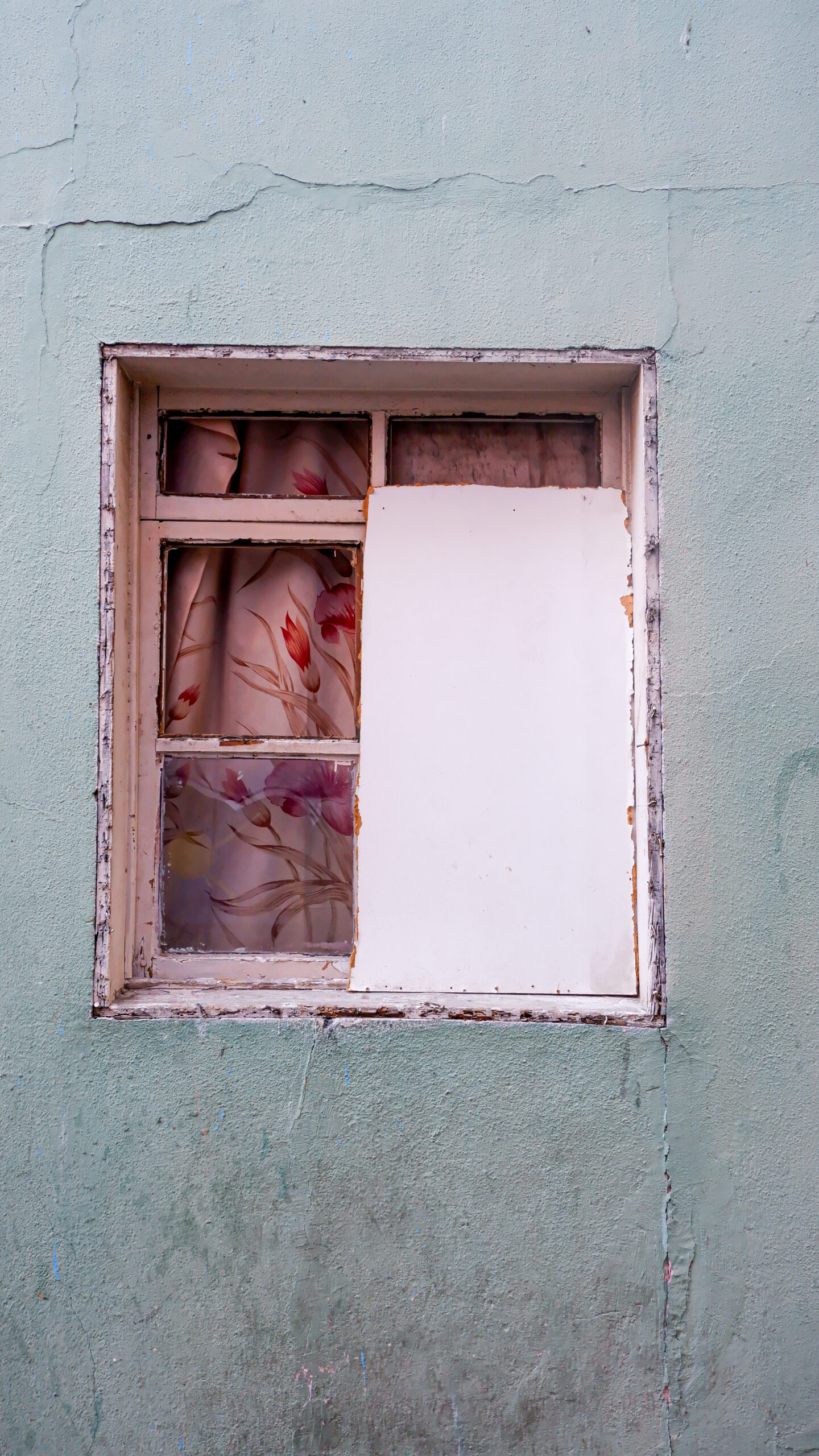So, you’ve finally decided it’s time to give your curtains and drapes a deep clean, but you’re unsure of the best way to go about it. No worries, we’ve got you covered! In this article, we’ll guide you through the process of vacuuming curtains and drapes, ensuring they look good as new without any hassle. Whether you’re dealing with delicate fabrics or stubborn dust, we’ll share tips and tricks to make this chore a breeze. So grab your vacuum cleaner and let’s get started on transforming your window treatments from dusty to dazzling!
Choosing the Right Vacuum
When it comes to vacuuming curtains and drapes, the first step is ensuring that you have the right vacuum cleaner for the job. While any regular vacuum may be able to do the job, certain features and attachments can make the task more efficient and effective.
Consider the type of vacuum cleaner you have or are planning to purchase. Upright vacuums are versatile and work well for most cleaning tasks, including curtains and drapes. Canister vacuums, on the other hand, offer better maneuverability and are ideal for reaching high curtains or drapes.
In addition to the type of vacuum, check for appropriate attachments that can make the job easier. Look for an attachment with a soft-bristle brush, as this will be gentle on the fabric while effectively removing dust and debris. Another useful attachment to have is a lint roller or tape, particularly if you have pets that shed.
Lastly, evaluate the suction power of the vacuum. Curtains and drapes can accumulate dust and allergens, so it’s important to choose a vacuum with strong suction to thoroughly clean and remove these particles.
Preparing the Curtains and Drapes
Before you start vacuuming, it’s essential to prepare your curtains and drapes properly. This involves removing any accessories or loose items, such as curtain hooks or decorative pieces. Take the time to inspect the curtains for any damage or loose parts, such as hems or seams, and repair them if necessary.
Additionally, it’s crucial to determine if your curtains are washable. Some curtains may have specific care instructions that require handwashing or dry cleaning, which should be followed accordingly. If your curtains are not washable, vacuuming is the best option for keeping them clean and free from dust and allergens.

Dusting and Pre-Cleaning
Before you start vacuuming, it’s a good idea to give your curtains or drapes a thorough dusting and pre-cleaning. This can be done by using a soft-bristle brush attachment on your vacuum cleaner. Gently brush the curtains or drapes to remove any loose dust or dirt, paying special attention to pleats and folds where debris tends to accumulate.
If you have pets that shed, you may find that a lint roller or tape is also useful in removing pet hair from your curtains or drapes. Simply roll the lint roller or tape over the fabric, and it will pick up any hair that the vacuum may have missed.
Vacuuming the Curtains
When it’s time to vacuum your curtains, start from the top and work your way down. This ensures that any dust or debris falls onto the previously vacuumed sections, preventing them from falling back onto the lower parts of the curtains.
If your vacuum has adjustable suction power, make sure to use the appropriate setting for your curtains. Delicate or lightweight fabrics may require lower suction power to prevent damage, while sturdier materials can handle higher suction.
As you vacuum, use smooth and steady movements to ensure thorough coverage on both sides of the curtains. Pay attention to any heavily soiled areas or stains, as we will address those later in the article.

Vacuuming the Drapes
Vacuuming drapes follows a similar process to vacuuming curtains, but there are a few additional considerations to keep in mind. First and foremost, it’s crucial to check the care instructions for your specific drapes. Some drapes may have specific precautions or cleaning suggestions that you need to follow.
To vacuum your drapes, start by holding the top of the drape with one hand to provide stability. Use the appropriate attachment on your vacuum cleaner and vacuum downwards, following the natural flow of the fabric. Be extra cautious with delicate fabrics and trims, as they can be easily damaged by the suction or attachments.
Remember to pay attention to any stains or spills on your drapes, as we will discuss how to address those in the following sections.
Addressing Stains and Spills
If you encounter any stains or spills on your curtains or drapes, it’s important to address them appropriately. Begin by blotting the stain gently with a clean cloth or paper towel to absorb as much of the liquid or substance as possible. Avoid rubbing the stain, as this can push it further into the fabric or cause it to spread.
For stubborn stains, you may need to use a mild detergent. Mix a small amount of detergent with water, and test it on an inconspicuous area of the fabric first to ensure it doesn’t cause any discoloration or damage. If the detergent is safe to use, apply it to the stain using a clean cloth and gently blot until the stain is lifted.
After treating the stain, be sure to thoroughly rinse the area with clean water to remove any leftover detergent residue. It’s essential to let your curtains or drapes dry completely before vacuuming or hanging them back up.

Cleaning Heavy Curtains or Drapes
If you have heavy or delicate curtains or drapes that require special care, it’s worth considering professional cleaning. Professional cleaners have the expertise and equipment necessary to handle these types of fabrics and ensure they are properly cleaned without any damage.
Before you decide to have your curtains or drapes professionally cleaned, be sure to follow the care instructions carefully. Some delicate fabrics may not be suitable for machine or professional cleaning and may require alternative methods, such as spot cleaning or handwashing.
In some cases, dry cleaning may be recommended for heavy or delicate curtains or drapes. Dry cleaning uses a chemical solvent instead of water, which can be gentler on the fabric. Check the care instructions or consult with a professional cleaner to determine the best cleaning method for your specific curtains or drapes.
Maintaining Curtain and Drapes Cleanliness
To keep your curtains and drapes looking fresh and clean, it’s essential to establish a regular maintenance routine. This includes not only cleaning the curtains and drapes themselves but also regularly dusting and vacuuming the surrounding areas.
Be sure to close windows and doors while cleaning to reduce dirt and debris entry. Regularly dust any surfaces near the curtains or drapes and use a vacuum cleaner to remove any accumulated dust or dirt from the floors or furniture.
Consider using fabric sprays or fresheners to keep your curtains and drapes smelling clean and pleasant. However, always follow the care instructions for your specific curtains or drapes when using these products, as some may not be suitable for all types of fabrics.
Safety Precautions
While vacuuming curtains and drapes, it’s essential to prioritize safety to prevent accidents or damage. Before you begin cleaning, always turn off and unplug the vacuum to ensure your safety and protect the machine from any potential damage.
Be cautious of cords while vacuuming, as they can become tangled or pose a tripping hazard. Take your time and be mindful of your surroundings to avoid any accidents.
Furthermore, it’s important to avoid standing on furniture or unstable surfaces while vacuuming curtains or drapes. This can not only damage the furniture but also put you at risk of falling and injuring yourself.
Lastly, ensure pets and children are at a safe distance during the cleaning process. This prevents accidental injuries and keeps them away from any potential hazards or chemicals that may be used for stain removal.
Alternatives to Vacuuming
While vacuuming is the most common and effective method of cleaning curtains and drapes, there are a few alternatives worth considering.
Handwashing curtains and drapes can be a gentle and effective way to clean delicate fabrics or those that are not machine washable. Fill a basin or bathtub with lukewarm water and a mild detergent, then gently agitate the curtains or drapes by hand. Rinse thoroughly and allow them to air dry before rehanging.
Another alternative is steaming, which can be used in place of vacuuming. Steamers use hot steam to kill germs and remove wrinkles and odors from fabrics. However, it’s important to check the care instructions for your curtains or drapes to ensure that steam cleaning is safe and suitable for the fabric.
If you don’t have access to a vacuum cleaner or prefer not to use one, using a fabric brush or garment steamer can be a suitable alternative. A fabric brush can be used to gently remove dust and debris from curtains and drapes, while a garment steamer can help remove wrinkles and freshen the fabric.
In conclusion, vacuuming curtains and drapes is an essential part of maintaining a clean and fresh home. By choosing the right vacuum cleaner, preparing the curtains and drapes properly, dusting and pre-cleaning, vacuuming with care, addressing stains and spills, and establishing regular maintenance, you can ensure that your curtains and drapes remain beautiful and free from dust and allergens. Remember to always prioritize safety and follow the care instructions for your specific curtains and drapes to achieve the best results.

